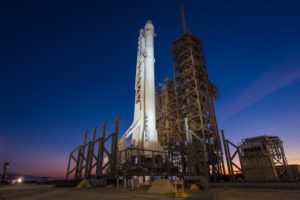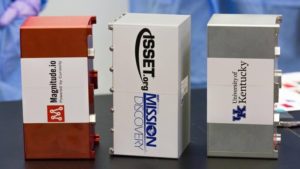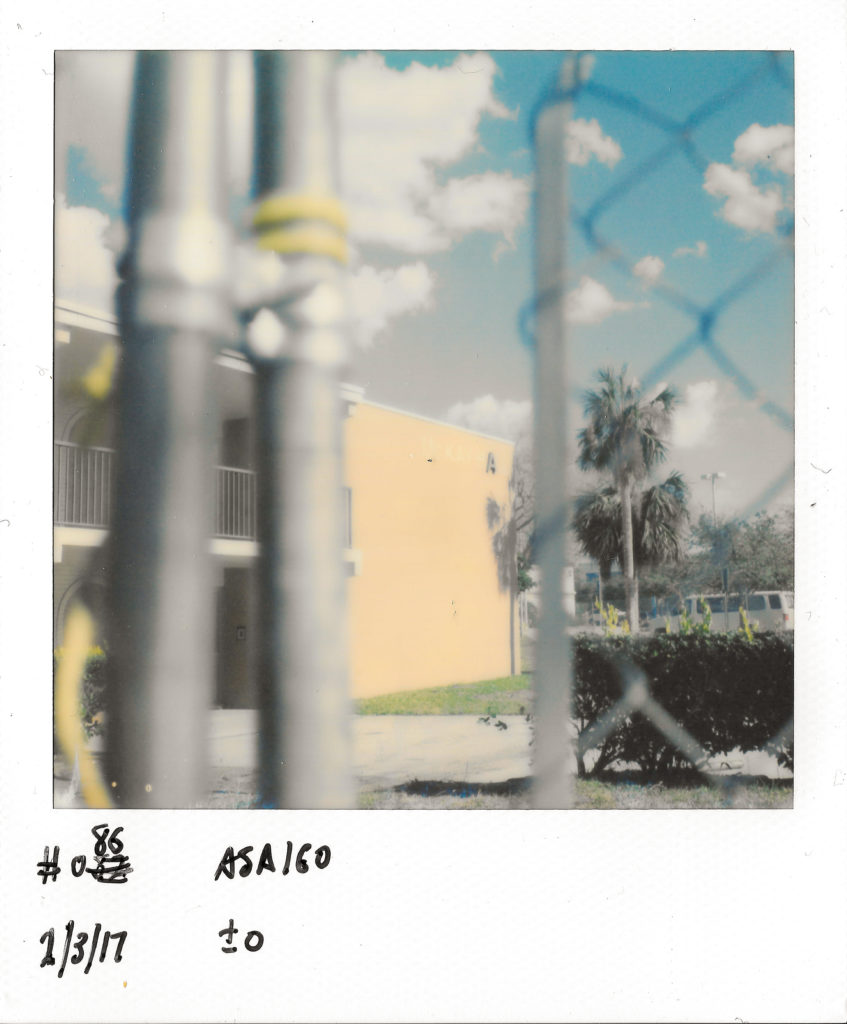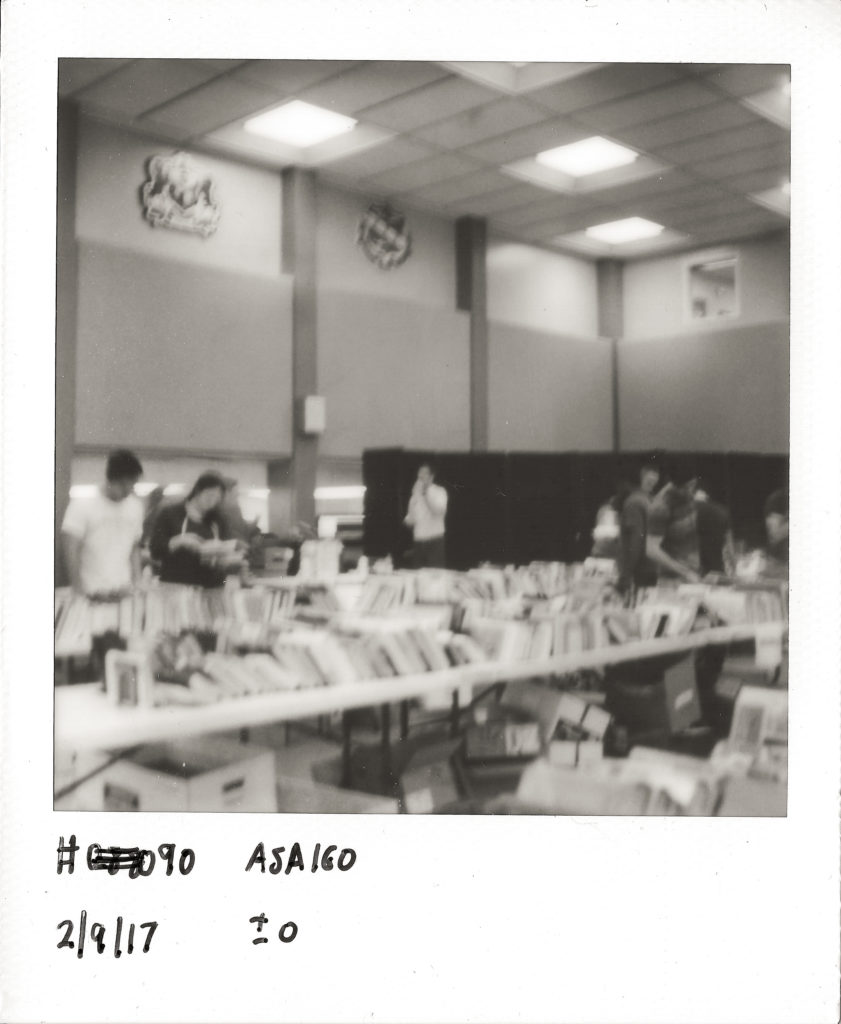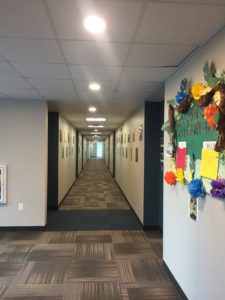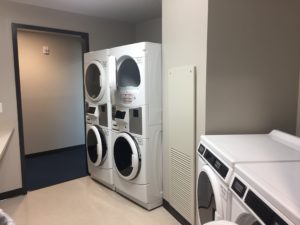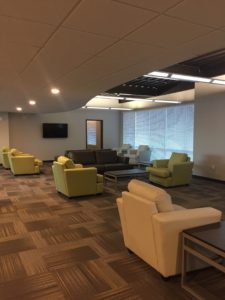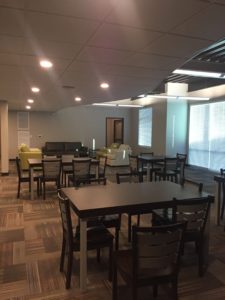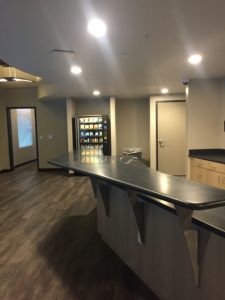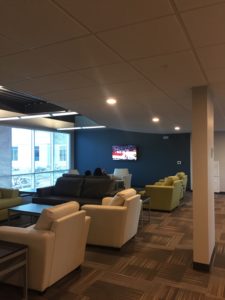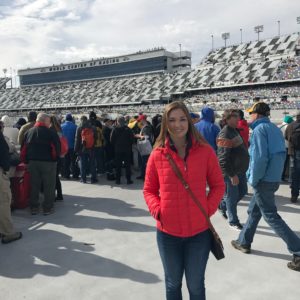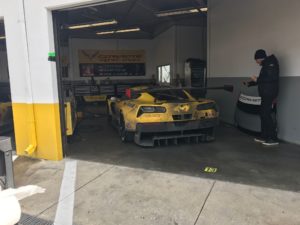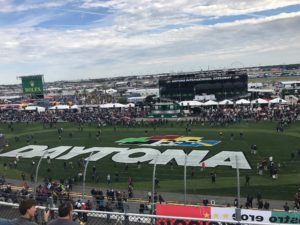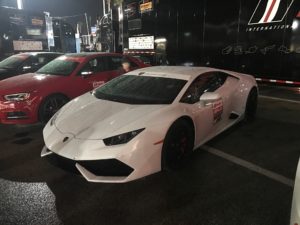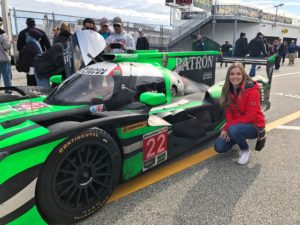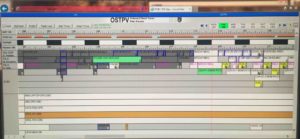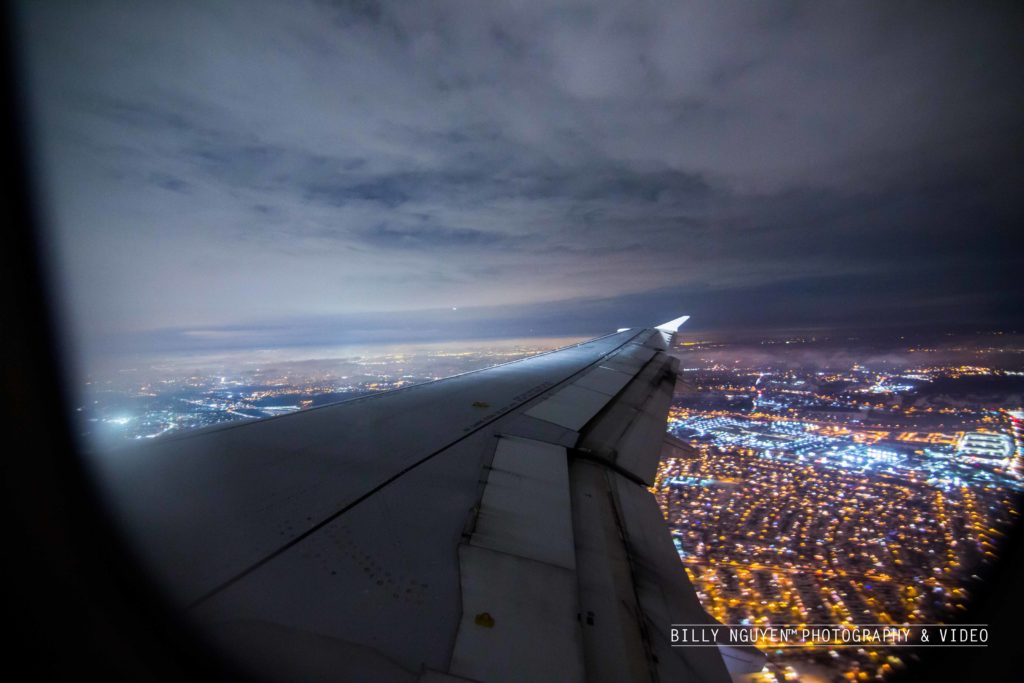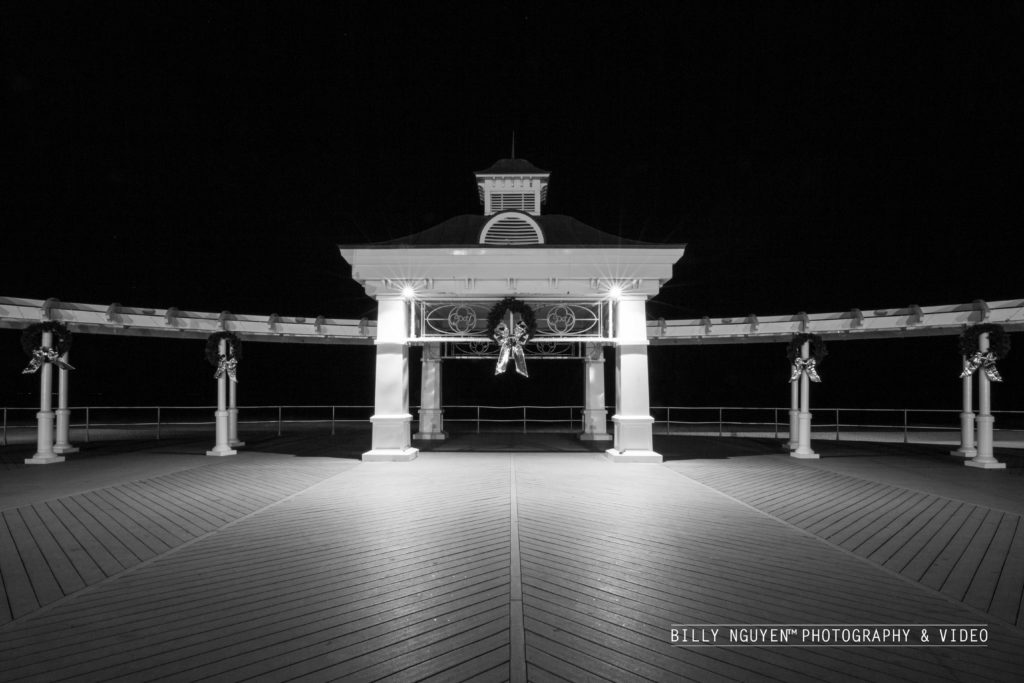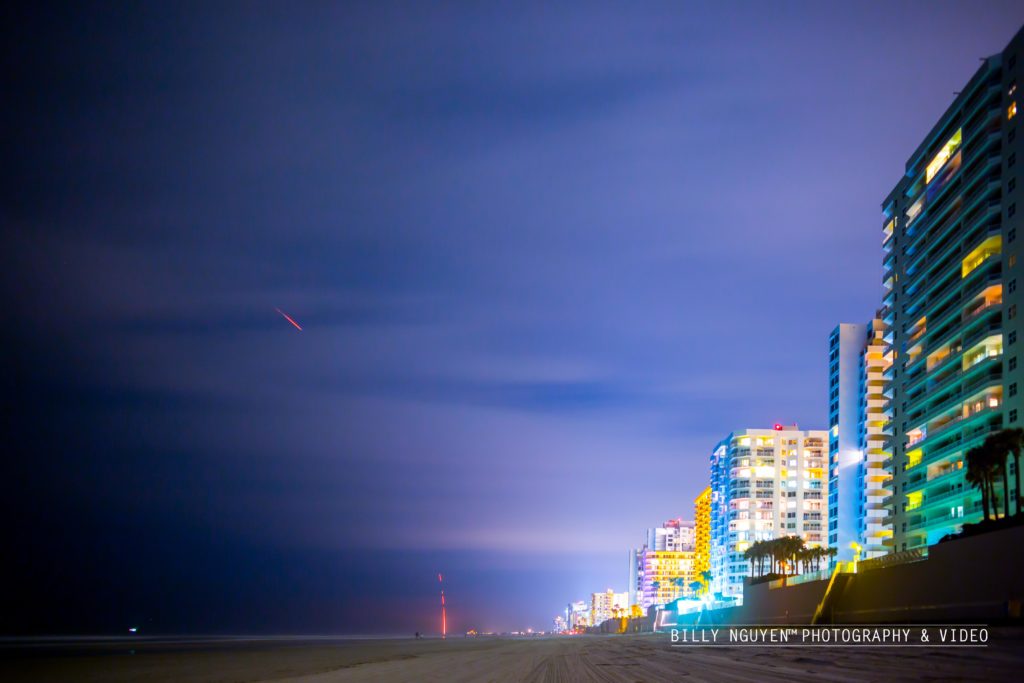A few months ago, I completed an interview with Smithsonian’s Air and Space magazine about a little project I did back in high school and how I became interested in aviation. After seeing the article in print two weeks ago, it has caused me to do a little reflecting, 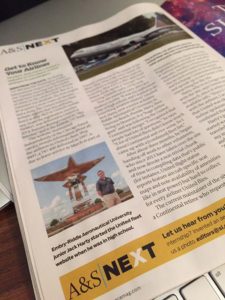 especially since I am set to begin the next chapter of my life at the end of 2017.
especially since I am set to begin the next chapter of my life at the end of 2017.
My earliest memory goes back to being four or five years old on a plane going somewhere and coming to the realization how much I enjoyed flying and airplanes. As I grew up, I began to learn as much as I could about aviation through books, aviation websites, and talking to airline employees. Yes, I was even the kid who made up his own flight schedules.
Five years ago, I was a sophomore in high school, I wanted to take my interest in airlines to the next level. However, I quickly learned that airlines like to hire people with college degrees or some college experience. So, I decided to find something I could do myself to expand my knowledge and become a little less bored.
At the time, United and Continental were merging, and I noticed that many fliers had questions about the combined fleet, but there was not one central place to get information. So, I created a website that tracked a lot of information about the fleet one plane at a time. For example, I had links to seat maps and a lot of information on configurations, in-flight entertainment, power outlets, ETOPS/Over water certification, which planes were in modifications, what type of seats aircraft had, and much more. Yes, I recognize that I was a big AvGeek but still am very much so to this day.
It was pretty fun meeting United fliers and hearing how helpful the site was, but eventually, I got bored and wanted to diversify. So, I began working with Airways magazine as their Social Media Director and eventually began writing for them. This allowed me to expand my horizons and learn a lot more about different airlines all over the world.
In the Fall of 2014, I had the amazing opportunity to begin the next chapter of my journey as a student at Embry-Riddle which has allowed me to expand my knowledge about aviation and business a lot more. My favorite class this semester is Airport Management; it is taught by a ERAU alum who also owns his own airport consulting firm. The class is once a week and is about three hours long, but those three hours fly by (pun intended). He has so many stories and makes learning fun, and he has a lot of advice to offer.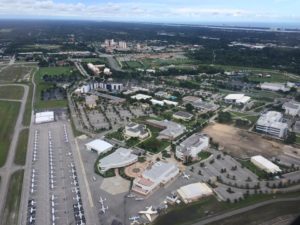
It has truly been a great and unique experience, and especially if you are looking to go into the aviation field, you are in good company. If you don’t believe me, come visit campus, and time it to when one of Delta’s MD-88s roar down the runway and take off as you’ll see most people stop and watch the aluminum bird take to the skies. Even after college, ERAU seems to have a very strong Alumni network, and after meeting dozens, all have been very helpful and interested in working with students.
In about 10 months, I am very much looking forward to be joining the Alumni network, and in less than a year, I am very excited to achieve my dream of becoming a full-time employee at a major airline. It’s crazy how time flies by.
